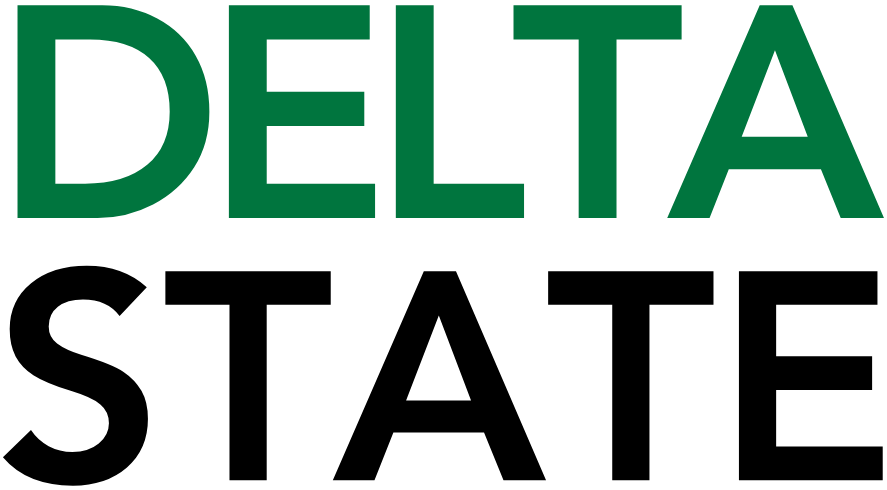Note: Registration is only open to official delegates from Arid (countries facing significant drought, dust storms, desertification, and flash floods) nations in East Asia, the Middle East, and North Africa.
Objectives for All Participants
The effectiveness of this workshop will be assessed and used to evaluate success. Upon completion of this workshop, attendees will be able to:
1. List and describe the major phases of the disaster management life-cycle.
2. Describe the fundamental goals and objectives of disaster management in the context of the Sendai Framework for Disaster Risk Reduction.
3. Draw a representative diagram for the organizational structure for disaster management optimized for their nation.
4. Identify resources available to assist with the development of disaster management plans and policies.
5. Explain the role of space-based technologies for each major phase of disaster management.
6. Identify United Nations programs and appropriate regional partners which facilitate the collection and sharing of space-based information for disaster management.
7. Match the appropriate type of remote sensing data and/or product to disaster type.
8. List critical foundation datasets required for successful use of space-based technologies for disaster management.
9. List and describe the 3 components of the remote sensing value chain.
10. Describe remote sensing and provide 3 examples which illustrate its use for disaster management.
Objectives for Technical Participants
1. Match data requirements to potential data sources.
2. List major space agency partners and the platforms available for disaster management support.
3. Identify free resources for creating printed and electronic map products.
4. Identify stakeholders involved in disaster management and describe the customization of map products to meet needs.
5. Given foundation and space-based data, create a map product for a given disaster risk reduction and/or response scenario.
Objectives for Policy Makers
1. Explain the role of technology in disaster management.
2. Identify potential disaster management stakeholders.
3. List the uses of space-based and geospatial technologies by disaster management stakeholders.
4. Define national spatial data infrastructure and its relationship to stakeholders.
5. Explain the purpose of national spatial data infrastructure with respect to disaster management.
Outcomes
Each participating nation shall work with the workshop organizers to fulfill the following action items no later than 90 days after the workshop ends.
1. Craft a position paper which describes the plans and policy needed to support integration of space-based and geospatial technologies for disaster within their nation.
2. Author a paper which describes the need for capacity building with respect to the use of space-based and geospatial technologies within their nation.
3. Provide an assessment of the current and desired future state of national spatial data infrastructure within their nation.
DO NOT click the red “Apply Now” Button Below – it is for applying to the University and NOT for applying to this meeting. Use the green “Register for Event” button at the top of the page.

